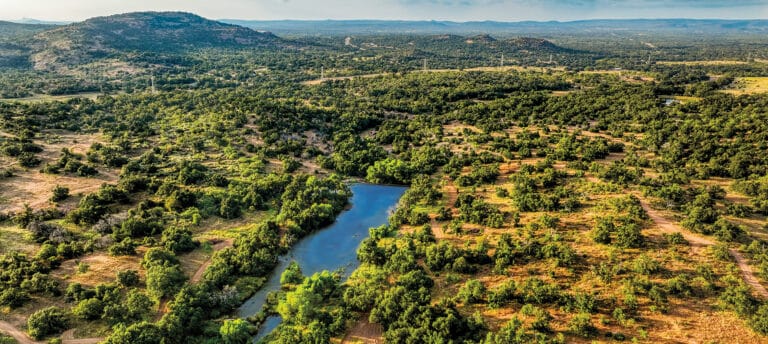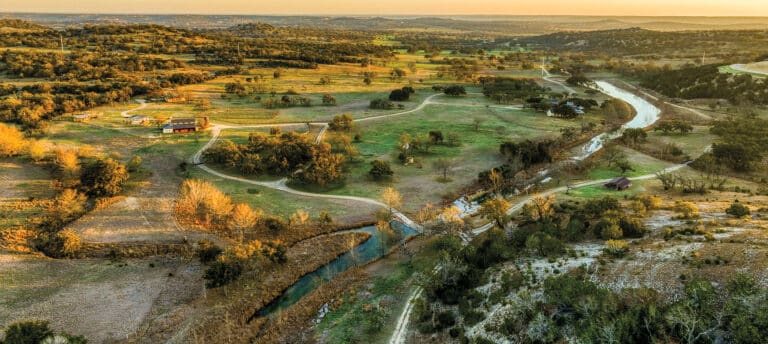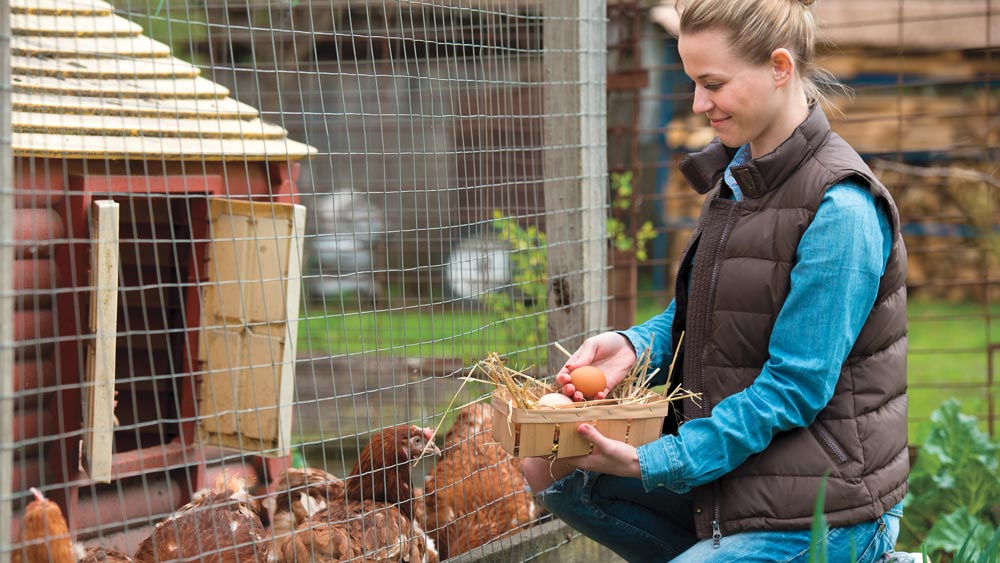
Texas history is deeply steeped in legacies associated with private land ownership, embedded in formative stages dating back to the Spanish land grants of the 1700s and 1800s. Over time, empires in Texas were built around land, battles were fought, farms and ranches were developed to feed a growing nation, and these private lands became a cornerstone feature that developed a Texana culture that is recognized around the world.
During the last century, one could argue that interest in owning land has remained “unchanged”; people were intrigued back then with the idea of staking claim to lands in Texas, and such demand exists today. One thing that has changed over the last several decades is a move from agrarian-based values that drive this appetite for owning land, to motives that are often associated with recreation and aesthetics. Further, land continues to prove to be a wise investment for those who need to park money somewhere.
With some 96 percent of the Texas landscape being held by private ownership, let’s look at some of the pleasures and treasures that are reflective of today’s interest in owning a piece of Texas.
Hunting & fishing
Texans are sporty type citizens, with over 2.5 million hunting and fishing licenses sold annually in Texas, which is a true testament about the interest in these outdoor activities in Texas. With Texas having such a diverse ecological make-up, this lends itself to great diversity of game and fish species, as well. Some of the more ubiquitous game animals include white-tailed deer, mourning doves, rabbits, squirrels and others. Largemouth bass, catfish and sunfish are the more common freshwater fishes that you’ll tend to find in the typical farm pond. Though it requires a bit more acreage to provide much hunting opportunity for groups of participants, fishing is an activity that can be enjoyed on smaller parcels via small ponds that are managed for productive fisheries.
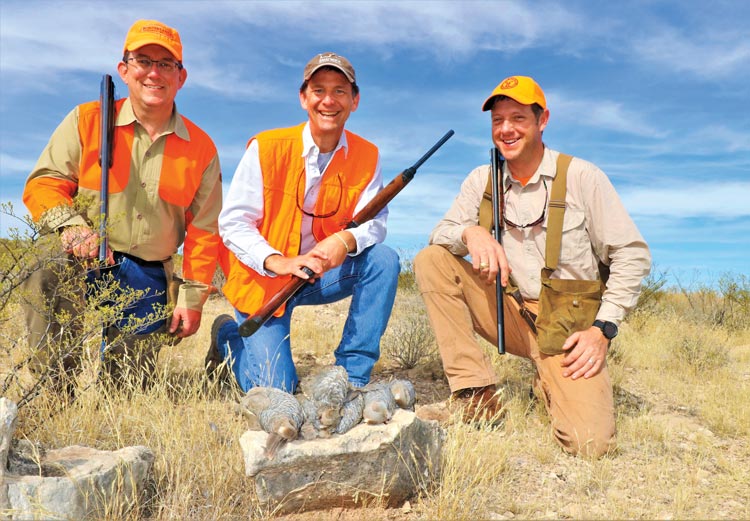
Nature watching
One of the unique aspects of how people connect to and value wildlife and natural areas, is the diverse spectrum of value-sets that describe this part of our Texas culture. One thing that’s for certain is that most people find pleasure in being able to spend time in environments that allow them to view wild creatures and to enjoy sights and sounds that are reflective of rural, country settings. These pleasures can be captured in micro-settings from a back porch overlooking a scenic view with birds and other wildlife that interact with such locations, or these aesthetically pleasing opportunities can be extrapolated onto a much larger scale through forays into larger areas found on properties in the country that offer more acreage and greater reach.
Recreational convenience
When it comes to enjoying certain big boy (or girl!) toys, there is plenty to be said for the convenience of owning your own venue for such outdoor activities. Equestrian activities, mountain bike adventures, ATV excursions, and even things such as geocaching, are all recreational activities that are well-suited for rural settings in areas that offer plenty of space. Yes, some of these pleasures require upkeep and care, but the idea of recreating on your own piece of real-estate is a heady consideration for many.
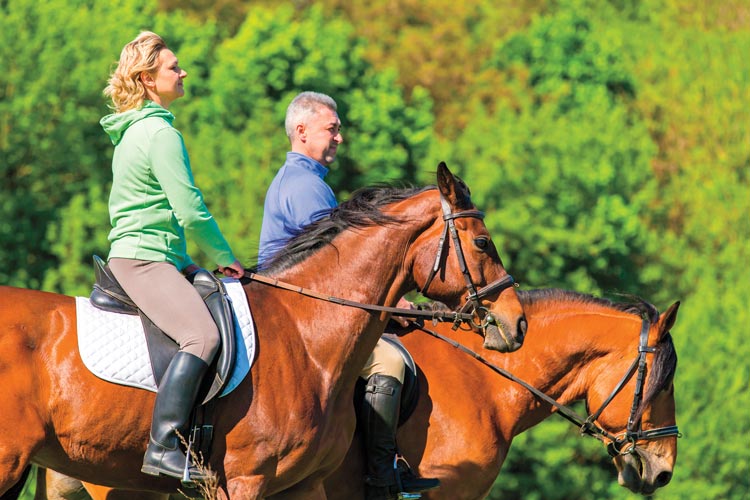
Pasture to plate
History tends to repeat itself and societal cultures occasionally have a way of looping back onto previous paradigms, and those historical patterns appear to be playing out in recent years with certain foodie group movements within our American culture. Though most Americans are now multi-generationally removed from what at one time defined our agrarian tendencies with family farms and livestock, there is most certainly a growing interest in palates that desire foods that are locally and organically produced. I suspect that some of this demand is driven by a sector of our society who are health conscious with their eating habits, but there’s also a more esoteric aspect of this human value that is tied to aesthetics and even recreational pleasures. Owning rural lands allows people to explore these pleasures more freely, gardening on a larger scale, raising a few cows and chickens for food production and harvesting wild resources from the land to uniquely satisfy these discerning appetites.
Financial investments
It’s also been said that, “land is king,” and when it comes to reasonable and secure financial investing, few options have historically offered better returns than land. When discussing land as an investment, the old saying of, “They ain’t making any more of it,” is certainly a truism, and this feature alone creates a great platform for justifying investment dollars that are poured into land. Especially over the last 10 – 20 years, individuals and hedge fund groups have been using land as an alternative financial safe-haven that not only typically yields attractive returns over the long-term, but also provides a tangible asset that can often be enjoyed in other ways. It’s convenient to say that the key to success, here, is to “buy low and sell high,” and having a keen eye or hiring someone that offers expertise in being able to identify properties that are priced right and have plenty of future upside, is indeed a great hedge at ensuring appreciation in land values that potentially offers a rewarding return on investment someday.
Values and drivers of rural real-estate ownership, such as those listed above, are broad and diverse. Yet, another important feature of this mix is the allure of being a part of a legacy that not only defines wilimuch of the unique history of this state, but will also shape the future of Texas, as well . . . that being the land that makes Texas and Texans so unique.
The author, Greg Simons, co-owns two companies that aid private landowners on commercial hunting operations and wildlife management programs. For further information on these companies, check out www.WildlifeSystems.com and www.TheWildlifeConsultants.com.
